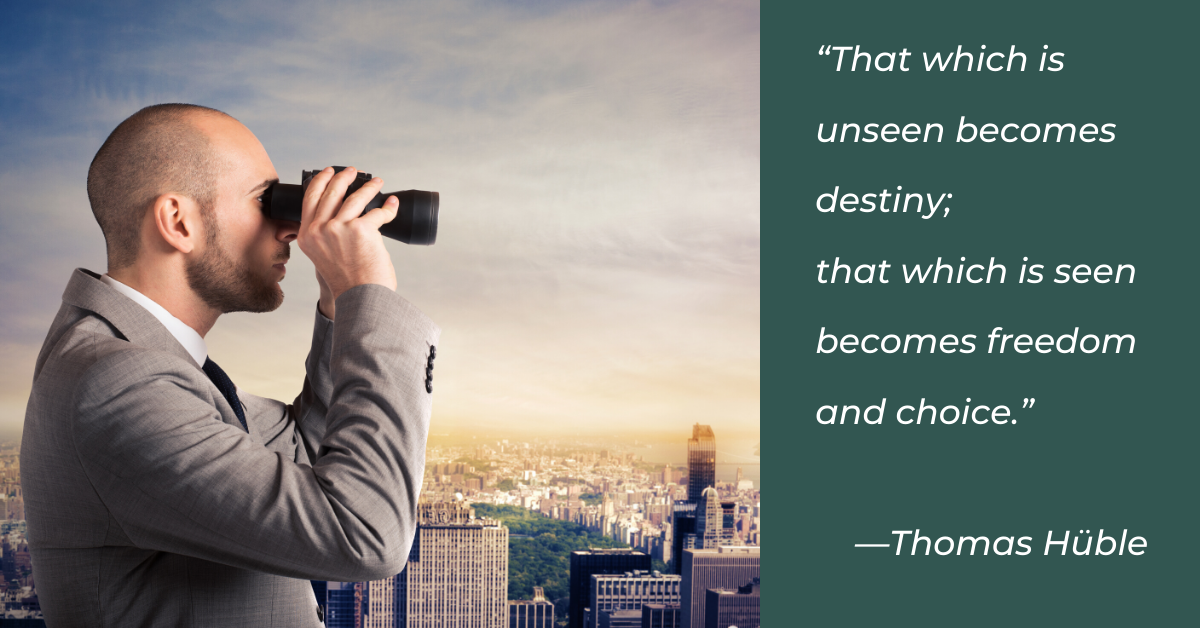How do you feel in your meetings at work? Happy, sad, glad, mad or scared? What are your thoughts during those meetings? “This is such a waste of my time.” Or, “I am glad to be part of this conversation.” How does your body feel? Tired, engaged, agitated, calm? All three of these—your emotions, thoughts, and body sensations—contribute to a larger social or relational field in which the meeting is happening.
The social fields we create influence us, as do the internal states of those around us. Two other aspects of social fields to consider are context and culture. The context includes the circumstances in the background of an interaction. For example, the context of a problem-solving meeting about student housing in my community includes the dearth of available affordable housing, the regional transportation system, the number of homeless in the county, and how some landlords discriminate against students, especially students of color.
The culture part of a social field refers to “how we do things around here.” This includes both visible and invisible parts. The visible parts include verbal and written expressions like emails, tweets, text messages, vision statements, plans, and meeting agendas. It includes what is discussed and what is not; what gets rewarded or sanctioned; and what leaders do, say and pay attention to. The invisible parts of culture include the assumptions, beliefs, and values that people hold, (often unconsciously) that influence what people say and do.
The context, culture, as well as our internal world (thoughts, emotions, and body sensations) all significantly affect our social fields. For example, an interested resident, let’s call her Sally, perceives the student housing situation through the lens of her past experiences with students. Based on her perception, she brings a particular solution to a community meeting, hoping to convince others that her solution is the right one. She has strong feelings about the solution while, at the same time fearing that people won’t agree with her or that her solution might not work. In response to this inner turmoil, her muscles tighten and her heart and breathing rate begin to escalate. The people around her pick up on this and begin to mirror her agitation as they participate in the meeting.
The social field is complicated by this additional emotional contagion among the participants. All of this can occur outside of people’s conscious awareness.
The good news is that social fields are malleable. Only if we can see them do we have the freedom to transform them. How can you make these fields more visible?
Try this…
- Introduce the idea of a social or relational field, describe what creates it, and how it affects people. Then ask people to describe the kind of social field they want to operate in and how they can create that.
- Ask people to describe the context for the meeting and how it’s affecting them; for example, an influential aspect of the context might be an increase in the number of students of color admitted to the university and the decrease in the number of landlords willing to rent to students of any color.
- Suggest that participants identify aspects of the culture of the organization or community in which the meeting is occurring and how these might help or hinder solving the problem. For example, if part of the culture is to blame others for difficult situations, name that and agree on a ground-rule to prevent this from happening. The ground rule might be: “Focus on solving the problem, not on blaming others for it.”
- Explore ways in which participants could create a social or relational field that would inspire compassion and creativity. For example, Sally could explain how she came to see the situation as she does and communicate her mixed feelings about the solution she is proposing. Open, honest communication invites the same from others.
If we don’t see the social field we are creating and operating in, it drives what we do and stays outside our awareness. In other words, it becomes our destiny. If, however, we see and examine the social field, we are free to make choices about what kind of social field we want to create so that its impact on us is positive—it helps us get done what we want to get done.


3 thoughts on “That Which Is Unseen…”